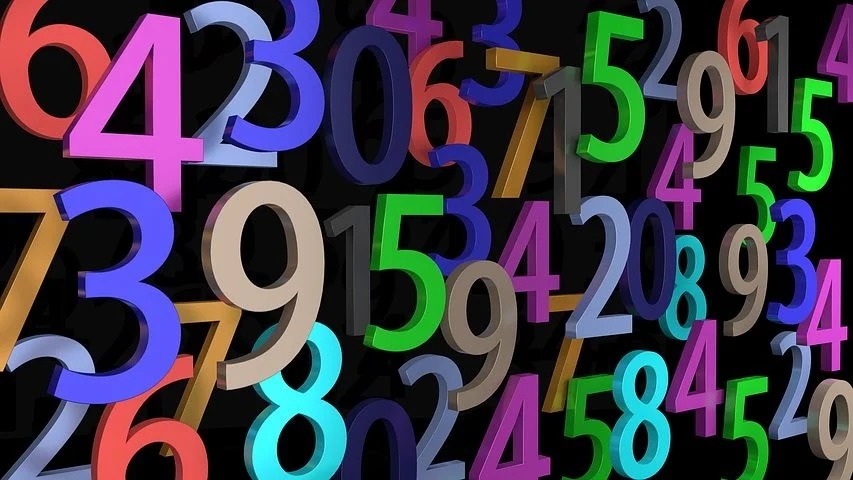We all value things differently. We all have a different perception of the value of any product or service. So we all have a different maximum amount we are willing to pay for a particular product or service. It’s our personal judgement call – and it’s entirely subjective. “So what?” you might be thinking. Well, this seemingly tiny observation has a profound implication. You see, it means that whatever price you are currently charging, that price is WRONG!
Is that a big enough implication for you? Actually, I probably need to clarify that statement that your price is wrong. Let me be more precise. If you have a single price for your product, then that single price is WRONG… no matter what that single price actually is.
You see, having only a single price causes you to lose out in two different ways….
– For some customers that price is too high – so they don’t buy, and you lose them as a customer.
– And for other customers that price is too low – so you end up charging them less (and earning less profit) than they are willing to pay. Which means you lose again.
Economists call the amount by which you lose in this second scenario the “Consumer surplus”. So one of the keys to dramatically improving your profits is to claw back some of this consumer surplus by charging different customers different prices.
Let’s now look at the maths.
EXAMPLE
Imagine that you sell widgets that cost you £1 each and for which there are three potential customers: A, B and C.
– Customer A is willing to pay £4
– Customer B is willing to pay £3 and
– Customer C is willing to pay £2.
If you set a single price at £2, the all three customers will gladly pay you £2. So you’ll make total sales of £6 and profits of £3.
If you set a single price at £3, then Customer C won’t buy. But the other two will gladly pay you £3 each. So you’ll make total sales of £6 and total profits of £4.
If you set a single price at £4, then only Customer A will buy. So your total sales will be £4 and your total profits will be £3.
The MAGIC PRICE is the price at which you make the most profits. So in this example the MAGIC PRICE is £3 – since at that price you make £4 in profits – which is 33% higher than at any other price.
Now £3 is the MAGIC PRICE… because there is no other single price at which you can make higher profits. But we also know that: Customer A is willing to pay £4, Customer B is willing to pay £3 and Customer C is willing to pay £2.
So, if instead of charging those three customers all the SAME prices, we charge them the full price they are willing to pay, then our total profits will be £6. Customer A will pay £4, Customer B £3 and Customer C £2, so total sales are £9, with costs of £3. Which is half as much again as the £4 profits we made at the magic price.
Now it’s vital to recognise that there is nothing fishy or special about the numbers in our example. YES, I’ve kept the numbers as simple as possible. And YES, the real world is much more complicated.
But those complications do nothing to alter the fact that if you can find a way to charge different customers different prices – so that they each pay what they are willing to pay – then you will ALWAYS make more profits than you do by using any single price… even if that single price is your magic price.
In our example we made 50% more profits by switching from the magic price to charging each customer the full price they were willing to pay. In your business the impact could be more or less than 50%. But there WILL be an impact. Charging different customers different prices WILL increase your profits… and probably by a lot!
Economists call this “price discrimination” – but we prefer the Plain English description of charging different customers different prices, since that’s what it actually involves.
But how do you actually do it? Because it actually does work, and it’s not illegal, or immoral.
Well, the key is being much more creative about pricing.
How do we discover what people are willing to pay? You could take the bull by the horns and ask them. For this service, Mr client, what is it worth to you? You will get, broadly, 3 answers. A small number, something in the middle, and a large number.
You can manage the conversation from this point. If your client mentions a large number, then lucky you, go for it. Make sure you deliver decent value, of course.
But what if you got a small number? Then you have a client expectation gap. Better to manage that early on in this transaction before one of you gets dissatisfied. “I’m very sorry Mr customer, but for that price we can only do this. But what you want is these extra elements which have got the real extra value in it and you should be getting £x extra value from this. Isn’t that worth a bit more?”
Something in the middle will probably fit with your normal costing model and so you should be reasonably okay with it, but you still might want to have that conversation of the extra value that your customer is going to gain and shouldn’t you share in that, even a little?
You could adopt a three tier pricing model (Gold, Silver, Bronze), like Apple, Dell and many manufacturers do, but that is predicated on fairly standardised services and that may not fit what you’re trying to achieve.
